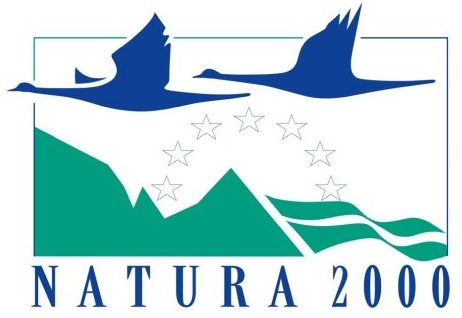Hungarian Ornithological and Nature Conservation Society/ BirdLife Hungary (MME)
MME BirdLife Hungary a member of BirdLife International was formed by more than 200 enthusiasticbirdlovers in 1974. MME was created to protect birds and their natural environment. At the beginningMME’s work was primarily based on population surveys of threatened species, which later has beenextended to active conservation works. MME’s main aim is also the popularisation of natural values andlobbying for nature conservation by cooperating with governmental and local authorities. By 2011 thenumber of our members is above 25,000, of whom 9,768 are active. Our 32 local groups work all aroundthe country. The organisation was awarded the status of Excellently Serving Public Interest in 1998,meaning that the State admits that MME undertakes public duties. The main working-groups are: Birds ofPrey-protection Working-group, Ringing- and Migration research Working-group, Reptile- and Amphibianprotection
Working-group. MME has also created species protection programmes for endangered species,such as Red-footed Falcon, Saker Falcon, Imperial Eagle, Great Bustard, Hungarian Meadow Viper. MME’shabitat protection projects are mainly focusing on grasslands, fishponds, IBAs and SPAs. MME also putsgreat emphasis on nature education (Birdwatching-school and kindergarten, camps etc.) to increase theawareness of the young generations. MME is the coordinator of the monitoring and conservation of RedfootedFalcon in Hungary since its foundation, and it works in close cooperation with relevant National ParkDirectorates and NGOs. MME took part in several international initiatives for the conservation of the species(i.e. organizing conferences, elaboration of the European Species Action Plan).







